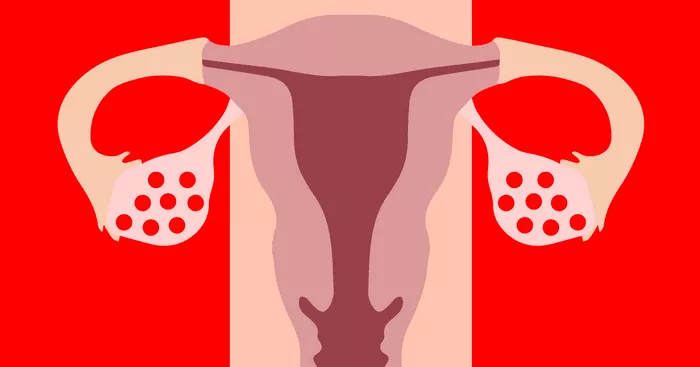Ensuring the health of your womb is essential for overall reproductive wellness and fertility. Understanding the signs of a healthy womb empowers individuals to take proactive steps in caring for their reproductive health. In this comprehensive guide, we’ll delve deeper into various indicators and practices to help you ascertain the health of your womb and promote optimal fertility.
Understanding Womb Health:
The womb, or uterus, plays a central role in the reproductive system, serving as the nurturing environment for a developing fetus during pregnancy. It’s essential to understand the anatomy and function of the womb to appreciate the factors that contribute to its health.
Signs of a Healthy Womb:
Regular Menstrual Cycles:
Regular menstrual cycles, typically lasting 21 to 35 days, are indicative of a healthy reproductive system. Understanding the phases of the menstrual cycle, including menstruation, follicular phase, ovulation, and luteal phase, provides insights into hormonal balance and reproductive function.
Normal Menstrual Flow:
A healthy womb is characterized by a moderate menstrual flow lasting approximately 3 to 7 days. Understanding what constitutes normal menstrual bleeding helps distinguish between healthy and abnormal patterns, such as menorrhagia (excessive bleeding) or oligomenorrhea (infrequent menstruation).
Absence of Painful Symptoms:
Minimal discomfort or pain during menstruation, ovulation, or intercourse is considered normal. Understanding the difference between normal menstrual cramps and debilitating pelvic pain associated with conditions like endometriosis or adenomyosis is crucial for early detection and management.
Regular Ovulation:
Regular ovulation, marked by the release of a mature egg from the ovary each month, is a key indicator of reproductive health. Familiarizing yourself with ovulation signs and symptoms, including changes in basal body temperature, cervical mucus consistency, and ovulation pain (mittelschmerz), aids in identifying fertile windows and optimizing conception efforts.
Healthy Cervical Mucus:
Quality cervical mucus plays a vital role in fertility by facilitating sperm transport and nourishment. Understanding the changes in cervical mucus throughout the menstrual cycle, from dry and sticky to clear and stretchy, helps pinpoint ovulation and fertile days for timed intercourse.
Normal Uterine Size and Shape:
A pelvic examination or imaging studies such as ultrasound can assess the size, shape, and structure of the uterus. Understanding what constitutes a normal uterine appearance and detecting abnormalities such as fibroids, polyps, or congenital anomalies enables timely intervention and management.
Balanced Hormone Levels:
Hormonal balance, particularly estrogen and progesterone levels, is essential for womb health and reproductive function. Familiarizing yourself with hormonal fluctuations throughout the menstrual cycle and recognizing signs of hormone imbalances empowers proactive management and optimization of fertility.
Practices to Promote Womb Health:
Maintain a Healthy Lifestyle:
Adopting a balanced diet rich in essential nutrients, engaging in regular exercise, managing stress effectively, and avoiding harmful habits such as smoking and excessive alcohol consumption promote overall health and contribute to womb wellness.
Regular Gynecological Examinations:
Routine visits to a gynecologist for pelvic examinations, Pap smears, and other screening tests allow for early detection of any abnormalities or conditions affecting womb health. Understanding the importance of regular screenings and participating in preventive care enhances reproductive health outcomes.
Stay Informed and Educated:
Educate yourself about reproductive health, menstrual cycle patterns, and common gynecological conditions. Accessing reliable resources, attending educational seminars, and engaging in discussions with healthcare providers empower individuals to advocate for their reproductive health needs and make informed decisions.
Seek Medical Attention When Needed:
Don’t hesitate to consult a healthcare provider if you experience unusual symptoms, changes in menstrual patterns, or concerns about your reproductive health. Understanding when to seek medical attention and proactively addressing potential issues fosters a proactive approach to womb health and fertility optimization.
Conclusion:
Understanding the signs of a healthy womb is essential for optimizing reproductive health and fertility. By familiarizing yourself with the indicators of womb wellness and adopting proactive practices, you can empower yourself to take charge of your reproductive journey and cultivate a supportive environment for conception and pregnancy.






















